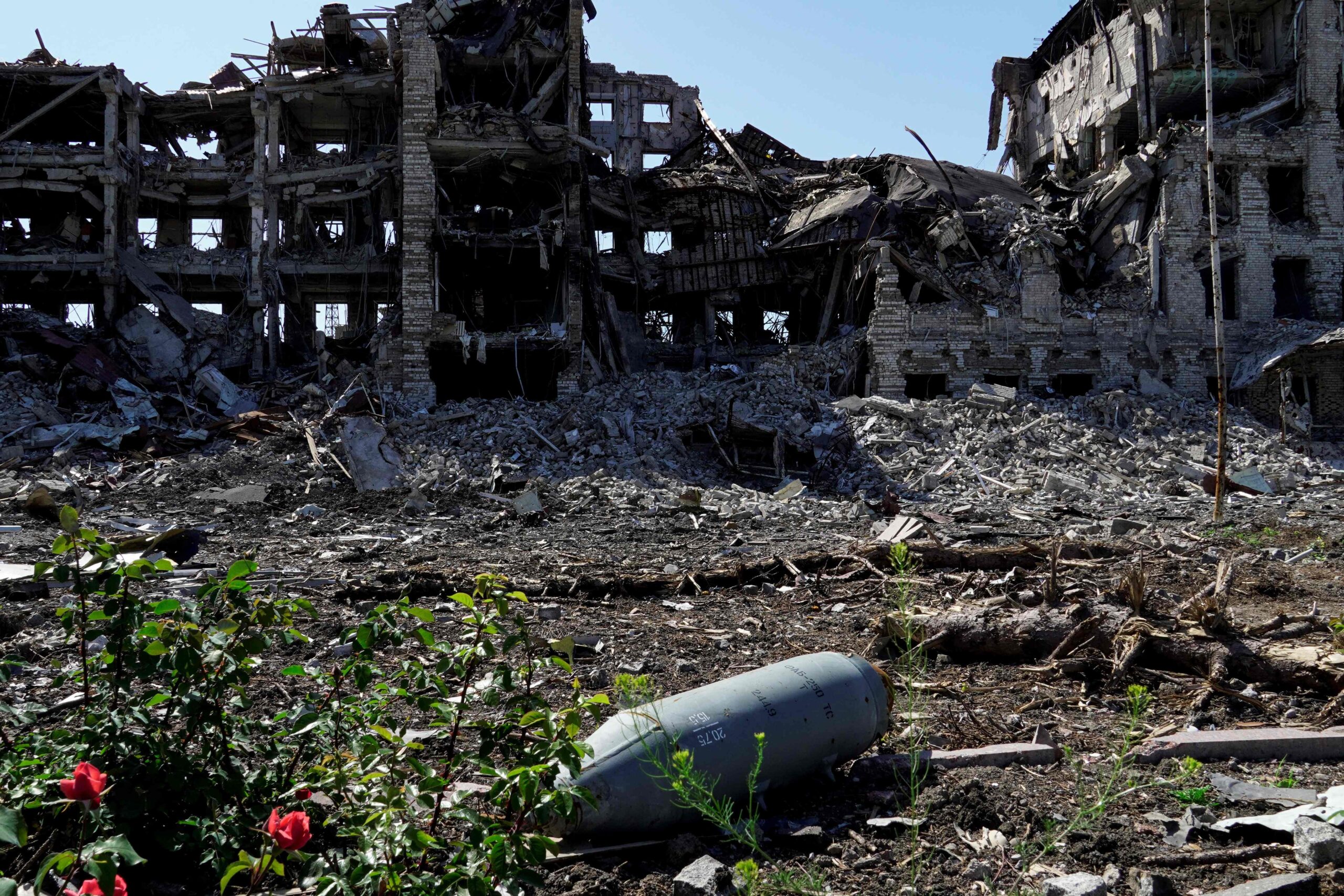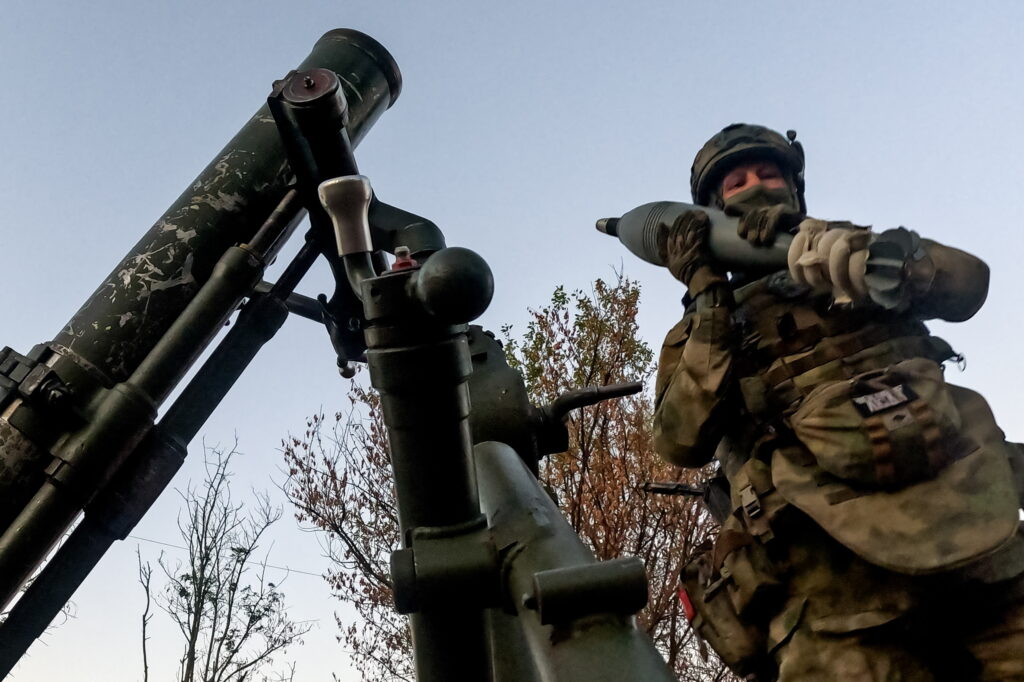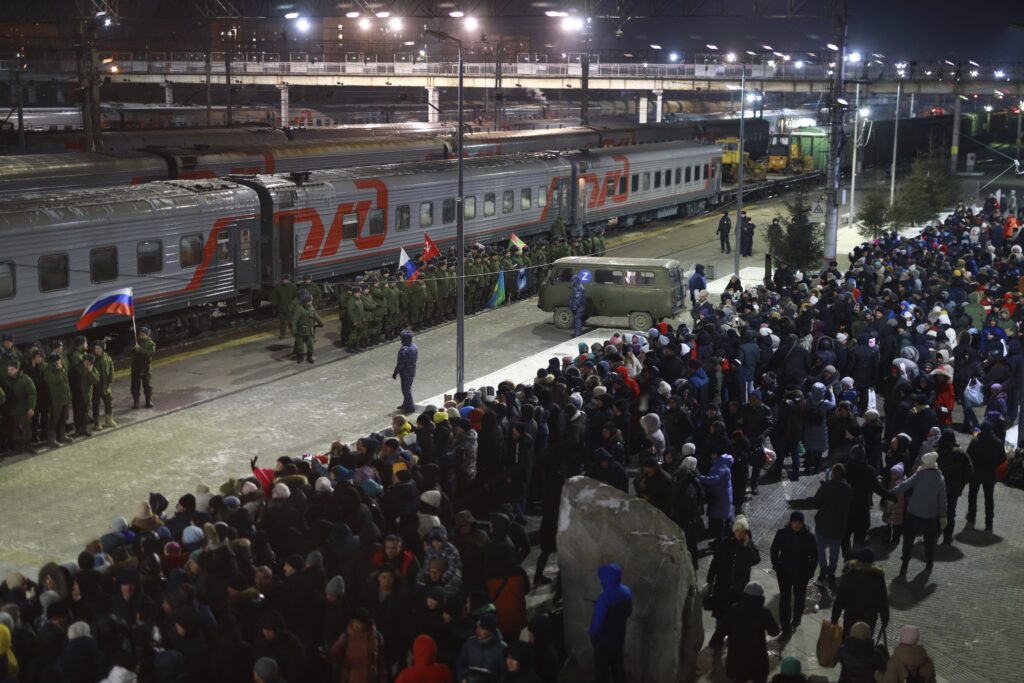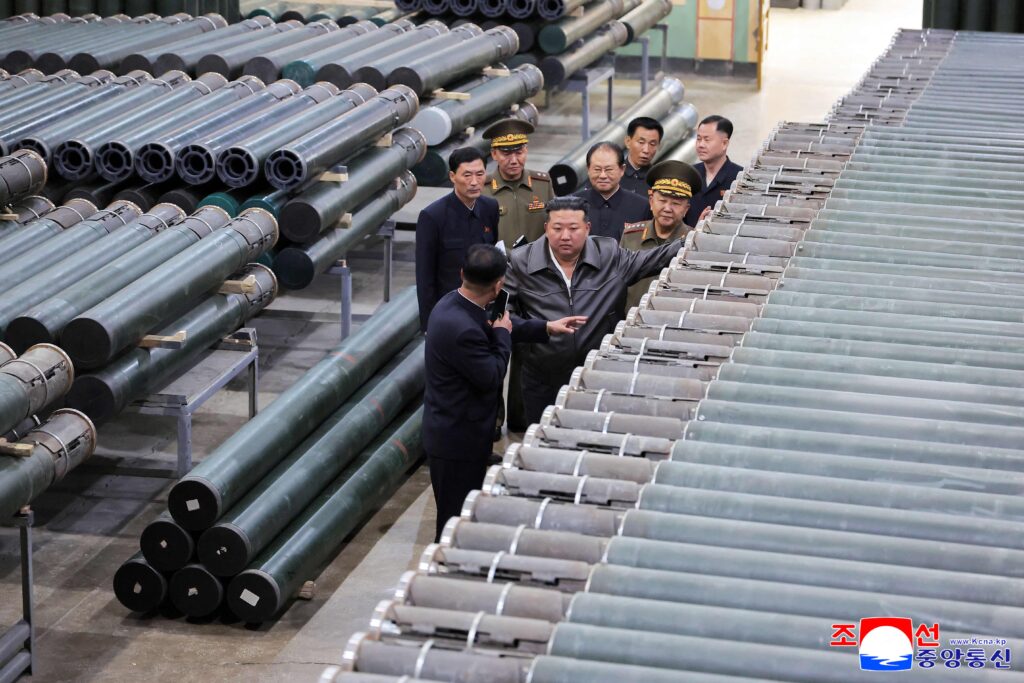The initial Russian invasion in Ukraine was a hubristic attempt at regime change. Russia’s operation failed spectacularly with defeats on the outskirts of Kyiv and Mykolaiv, forcing a revision of war aims. Yet recent Russian gains in Donbas, incremental though they may be, offer a sobering check on expectations for how this war may progress. Russia may have lost its bid to deny Ukraine sovereignty, but the contest for territorial control continues with significant losses on both sides.
The original concept of operations does not appear to have been a large envelopment of Ukraine’s Joint Forces Operation in the Donbas. Russia took far too long to capture Izyum earlier on, because it had few forces available to the task. This was one of the many Russian failures resulting from its early strategy in the war, which spread out forces along competing axes of attack, pursuing unreachable objectives. A month in, Russian forces were exhausted, and in need of an operational pause to regroup. By the time the Russian MoD declared that it was redeploying units from Kyiv to focus on the Donbas Ukraine had managed to fortify positions and the overall military balance was no longer that favorable for a Russian offensive.
Instead, in the northern parts of the region, Russia sought to create two pockets around Ukrainian forces, front of attack from Slovyansk to Severodonetsk. Russian forces first sought to attack from Izyum towards Slovyansk/Kramatorsk, creating a partial envelopment, and cutting off ground lines of communication to these cities. Separately, the Russian military intended to encircle Severodonetsk to the east, thereby capturing all of Luhansk region. The Russian aim was to sever the two areas from each other, creating isolated pockets. This effort failed, as early attacks appeared piecemeal, with insufficient forces, and little progress was made from Izyum. Hence the offensive stalled. The Russian armed forces then shifted the bulk of their effort further east to Serverodnetsk, using Izyum as a pinning front rather than a central axis of advance.
Further south Russian units made little progress pushing directly from Donetsk. In Zaporizhia most of the attacks were fixing efforts, with few Russian forces available for a southern axis of advance. Although there is evidence to suggest that Russian forces have made slight progress in the south. Ukraine launched a series of its own counter attacks, pushing Russian artillery away from Kharkiv, and pressing towards Izyum from the West. However, Ukraine’s counteroffensives also ran out of steam, and in the north the Russian military still controls a buffer strip of territory inside Ukraine. At this stage it looks doubtful that Ukraine’s forces can threaten the flow of Russian supplies to Izyum.
Initially stymied, the Russian military broke through at Popasna, south of Severodonetsk and began pushing towards Soledar. This breakthrough threatens to sever Ukrainian forces in Lysychansk/Severdonetsk. Russian forces have also captured Lyman, the last significant town north of the Siverskyi Donets river. Ukrainian forces had conducted a tactical retreat from Svitlodarsk, which could have the effect of shifting the entire battle line further west. Ukraine is bringing reinforcements into the region, looking to establish a secondary line at Bakhmut, and south of the Siverskyi Donets River.
Hence the breakthrough by Russian forces may not have much momentum. It depends on Russia’s available manpower reserves, and ability to sustain the advance. The Russian military has spent months tiring to hire additional contract servicemen, deploying reservists, and now organizing additional battalions based on existing force structure. Together, these efforts represent a form of shadow mobilization. These are piecemeal efforts that allow the Russian military to sustain itself in the war, but do not address the fundamental deficit in manpower.
As Russian forces enter Severodonetsk, Ukrainian units are likely to retreat. First to Lysychansk, and then further. The road to these cities is open but now under artillery fire, and Russian advances could create a lager pocket. Instead Ukraine has launched a local counteroffensive in Kherson oblast, west of the Dnieper river. There Russian units are at a relative disadvantage, defending a large buffer zone around the city with a sparse availability of forces. However, Ukraine may not have the forces available for this counteroffensive to be sustained given the need to defend a new line in the Donbas. In short, the situation remains dynamic, territory is likely to keep trading control.
In reorganizing for a campaign to take the Donbas, the Russian military had pieced together what units were available after taking heavy losses in the first phase of the war. The number of battalions is no longer a meaningful measure since they are smaller unit fragments, pieced together, and unrepresentative of actual fighting strength. Official estimates range wildly and often used as information shaping efforts. Combatants are expected to grossly overstate adversary losses and understate or conceal their own. A reasonable estimate, based on limited information, would place Russian troops killed in action at somewhere 7,000−15,000, with the more likely figure close to 10,000. This would yield 40,000−50,000 total casualties. Ukrainian combat casualties are also significant, especially in the second phase of the war. Zelensky has suggested a loss rate of 50−100 killed in action per day in the Donbas.
Both sides are under political pressure to show progress and morale is a significant factor. Russian forces are struggling to demonstrate some sort of breakthrough in the Donbas, even if it is highly limited relative to the objectives set by the MoD in March. Ukrainian forces have tried to sustain pressure via counterattacks to maintain a sense of momentum, in part because much of Ukraine’s war effort depends on external military support.
The Russian military had begun fixing some of the major tactical deficiencies observed earlier in the war. Russian forces improved in employing reconnaissance, concentrating fires, and looking for ways to preserve the force. Airpower also became a more significant factor, with Russia’s air force seemingly enjoying local air superiority (although this aspect of the battlefield is difficult to discern). Russian air power is far from neutralized in this war, just not especially visible via open sources. Ukraine continues to use artillery competently, in combination with drone based reconnaissance, to deny Russian advances and inflict attrition. A continued shortage of light infantry hampers Russian efforts to fight in urban terrain — a mission Russian soldiers were not well trained for to begin with.
In general, the battle in the Donbas is more politically significant for Russia than it is for Ukraine. Ukraine can afford to trade territory for attrition, and hope to retake it afterward. This has been the basis of Ukraine’s strategy since the start of the war. The Russian military has a structural problem with force availability, and is not designed to sustain war of this scale at ‘peace time’ strength. Stopgap solutions can extend Russia’s staying power in this war, but not resolve those fundamental challenges. Hence, even though the local military balance in the Donbas appears favorable to Russia, the overall trends in the military balance still favor Ukraine. That is a conditional assessment, based on the current situation, and the assumption that Ukraine receives sustained military support, along with other forms of battlefield relevant assistance from the West.
Predicting battlefield outcomes is often a fool’s errand. It overemphasizes tactical events, rather than strategic outcomes. Few things are contingent as armed conflict, and the turning points in a war are often best seen in hindsight. During operational pauses, or lulls in fighting, it will be tempting for observers to declare a stalemate. Yet this war is likely to become protracted, as such wars often do.










